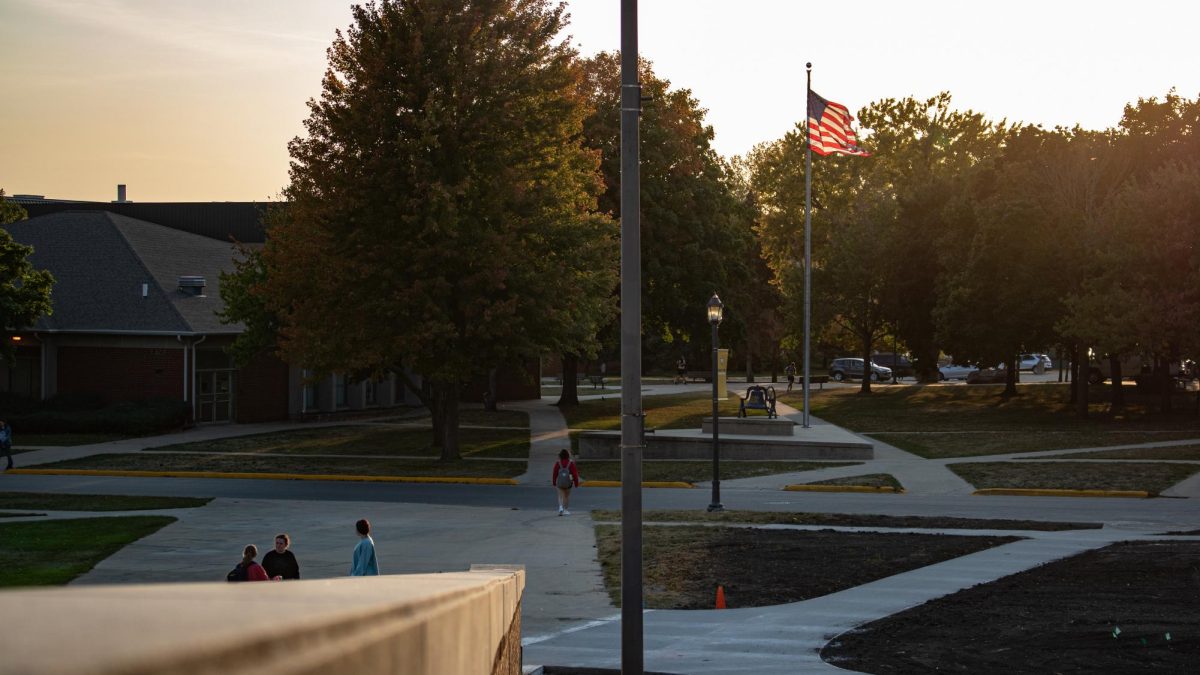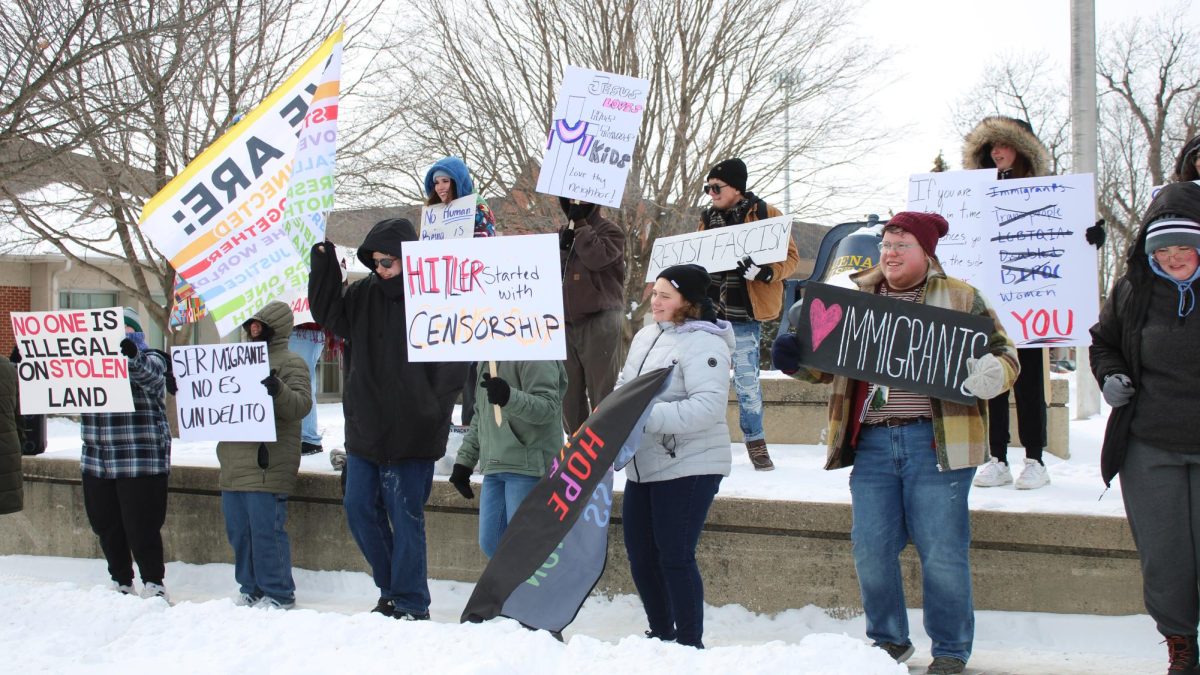If a college kid pees on a local statue and there’s no one to hear, does it make a sound?
For those unaware, BVU is one of many campuses involved in a recent social media trend of anonymous individuals publicly urinating and posting the videos to their peers. Our local perpetrator goes by the handle of the BVU Pisser. Many of these so-called pissers warn their peers to be on their toes, or end up accepting location suggestions for their “next target.” In reality, many students on-campus can go about their daily life and not have a concern about on-campus urination. After all, it’s not like college students aren’t used to seeing some weird stuff.
The actions of our young bathroom anarchist could be passed as inconsequential. Indeed, there don’t seem to be any widespread affects of their actions. It might seem like public urination should fall into the category of “victimless crime,” because it’s difficult to pin down a specific person hurt by a little pee near the football field.
Calling it “victimless,” however, may be a misnomer. Victimless crimes are defined by the US Sentencing Commission as “crimes in which society at large is the victim.” Now, it’s unlikely that a college kid in Iowa would hurt a retiree in Florida. However, the fact that this trend has been popping up in multiple places would suggest that it’s not as isolated an event as we might want to assume.
Public urination in specific is sometimes also considered a “public nuisance” crime. This definition can vary state-to-state, but it alters the name from being victimless, to acknowledging that perhaps the public is the victim
There’s a lot of literature in the world about how we should be approaching victimless crime in our society. Jennifer Christian, a political sociologist and criminologist explains that there are two major schools of thought when it comes to victimless crime. Some advocated for decriminalization, while others believe that the government should step in to protect society from victimless crime.
Some communities have elected to take a middle ground, taking the government out of the equation and instead using panels of community members to work out the underlying issues without their societies with the perpetrators. In Midtown, these panels consist of a few individuals like local teachers or neighbors, paired with a group of individuals in trouble for the same offense. Moderators are also present to ensure that the conversation doesn’t become unbalanced.
Would this be an appropriate method to combat our on-campus pisser? Should they sit with their classmates, professors, and community members to talk about what they did? Many college kids who engage in public nuisance or vandalism bask in anonymity, knowing that their names and faces won’t be associated with what they’ve done.
Bringing this issue to the greater Storm Lake community could be considered overkill. After all, college kids have a long history of doing stupid things and not getting caught. Even by browsing old Tack articles, you can see that issues of bathroom issues and vandalism aren’t uncommon on campus. Some people may consider the campus Pisser just another case of “kids being kids.”
If society is the theoretical victim, it would be a reasonable assumption that the society “hurt” by the crime should also be the jury deciding the severity of the crime. Is the student body angry? Do they care? Behind anonymous social media accounts, some seem to show public support for the pisser. Others are attempting to lead an investigation into the identity of the Pisser. Maybe community policing will take hold before anybody else even needs to be involved, or maybe the community will decide that a little urinary vandalism is acceptable here-and-there. Societies everywhere develop their own codes and norms, so why can’t we define our own?









